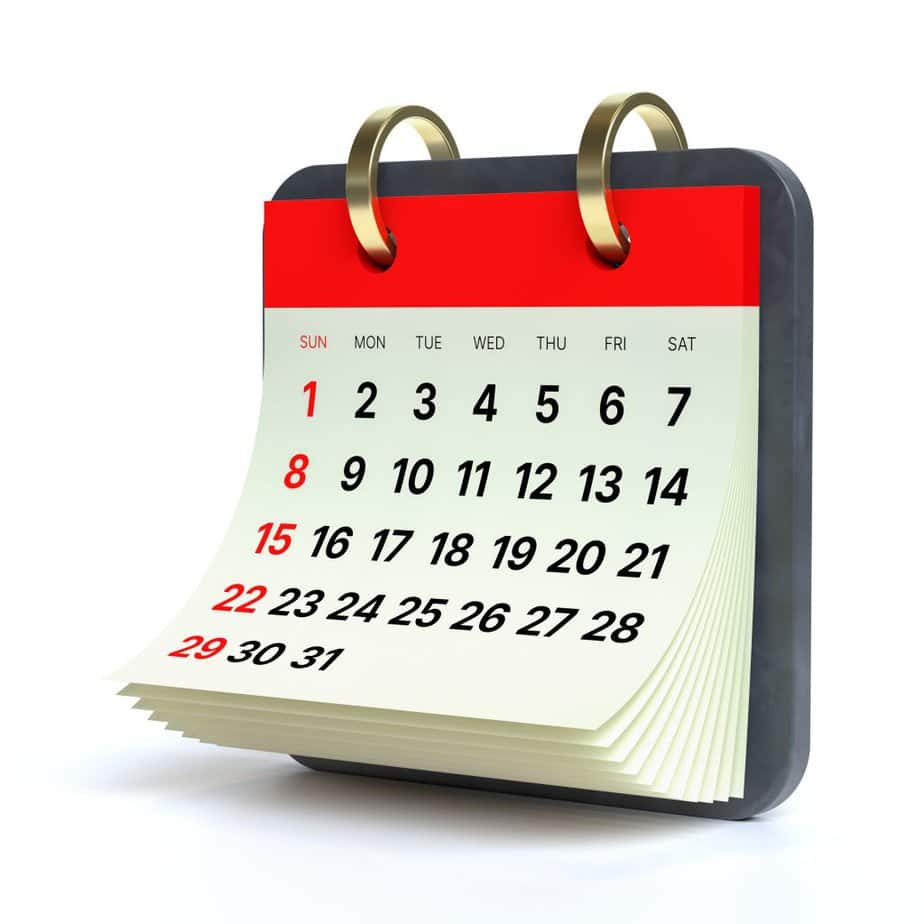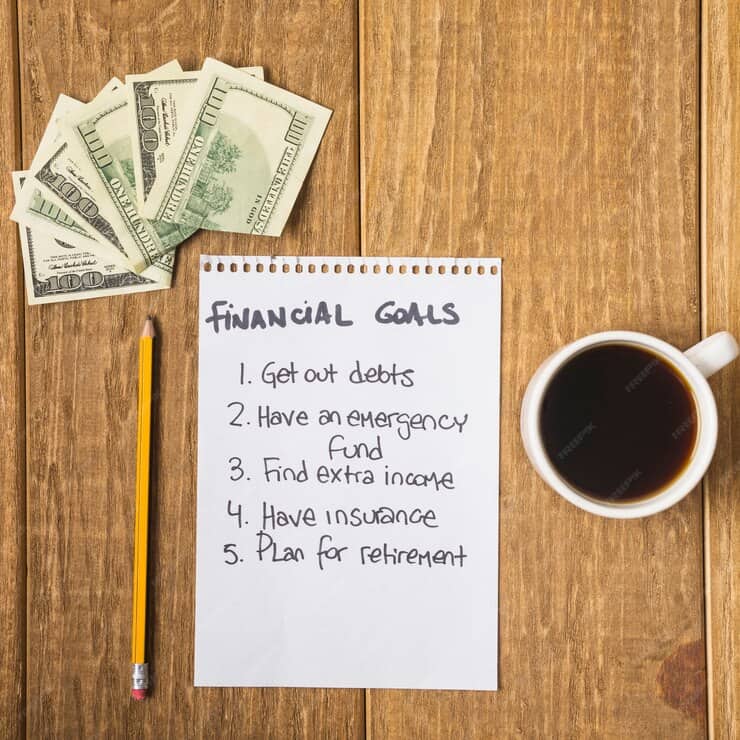Are you struggling to control your impulse purchases and wondering how to save more money? Look no further – the 30-day rule might just be the game-changer you’ve been searching for.
The 30-day rule is a technique designed to help you resist impulsive purchases. It works by introducing a 30-day waiting period before purchasing an item. By giving yourself some time to reflect, you can avoid buyer’s remorse and ensure that the item you want is more than just a fleeting fancy.
In this article, we explore the 30-day rule and unpack its benefits, misconceptions, and alternatives to the rule.
Get ready to make smarter purchasing decisions and achieve your savings goals with this powerful strategy.
How Does The 30-Day Rule Work?
The concept behind the 30-day rule is simple – delay your purchasing decisions for 30 days, then decide if you still want the item after the time has passed. Most people find that after 30 days they no longer want the item and only had a fleeting moment of desire.
After the 30-day waiting period, revisit the item and ask yourself the following questions:
- Do I still want or need this item?
- Can I afford it without compromising my financial goals?
- Will this purchase bring long-term value and satisfaction?
More often than not, you’ll find that the initial desire has faded, and you can easily pass on the item without any regrets. However, if you still want the item after 30 days have passed, then you’re free to purchase it and appreciate that you won’t soon regret or grow bored of your purchase.
Common Misconceptions About The 30-Day Rule
Despite its effectiveness, there are a few misconceptions surrounding the 30-day rule. Let’s debunk some of the most common ones:
- It’s only for big purchases: The 30-day rule is often associated with major purchases, such as buying a car or a house. While it is useful for these types of decisions, it can be just as valuable for smaller purchases. In fact, it’s often the smaller, frequent purchases that can have a significant impact on your overall finances
- .
- It requires rigid adherence: Some people believe that the 30-day rule must be followed strictly, without any exceptions. However, it’s important to remember that personal finance is not a one-size-fits-all approach. While it’s ideal to wait for 30 days, there might be situations where a shorter or longer waiting period makes sense. The key is to find a balance that works for you and aligns with your goals.
- It eliminates all spontaneous purchases: The 30-day rule is not meant to eliminate all spontaneity from your life. It’s about finding a healthy balance between impulse and intention. While it encourages you to pause and reflect before making a purchase, it doesn’t mean you can never indulge in something spontaneous. The goal is to make conscious choices rather than being controlled by impulsive desires.
By understanding and addressing these misconceptions, you can fully embrace the power of the 30-day rule and make it work for you.
How To Use The 30-Day Rule Effectively
You might struggle to keep track of your 30-day delayed purchases, or maybe you find that the urge to complete your purchase is too strong and waiting 30 days is unrealistic. Luckily, there are several alternatives and tips to help you stick to the 30-day rule to avoid unecessary spending. These tips are outlined below:
- Create a waiting list: Whenever you come across an item you want to buy, add it to a waiting list. This can be a physical notebook, a digital document, or even a dedicated folder in your email.
- Set reminders and notifications: Use technology to your advantage by setting reminders and notifications for your waiting list items. This will ensure that you don’t forget about them and can revisit them at the appropriate time. Of course, if your goal is to save money then forgetting about your waiting list items is ideal.
- Find alternative ways to satisfy your impulse purchase: During the 30-day waiting period, explore alternative ways to satisfy the desire without making a purchase. For example, if you’re considering buying a new book, borrow it from the library or read reviews online. Sometimes a purchase is not the only way to get what you want.
- Practice mindful spending: The 30-day rule is part of a broader concept of mindful spending. Take the time to evaluate your values, priorities, and financial goals. This will help you make more conscious choices and ensure that your spending aligns with what truly matters to you.
Remember, implementing the 30-day rule is a journey, and it may take time to fully adapt to this new approach.
Alternatives To The 30-Day Rule
You might find the 30-day rule too unrealistic or restrictive. In some cases it might not work at all, for example, if you’re on holiday and don’t have 30 days to ruminate on a purchase. There are alteratives to the rule that work on the same principle. For example:
- The 24-hour rule: Instead of waiting for 30 days, give yourself 24 hours to think about a purchase. This shorter waiting period still allows you to reflect on your decision without feeling too restrictive.
- The budget-based approach: Create a budget that allocates a certain amount of money for discretionary spending. Once you reach your budget limit for the month, you must wait until the next month to make any additional non-essential purchases.
- The accountability partner: Find a trusted friend or family member who can serve as your accountability partner. Before making any impulsive purchase, discuss it with them and seek their advice. This external perspective can help you make more informed decisions.
Remember, the key is to find a strategy that works for you and helps you achieve your financial goals. Don’t be afraid to experiment and adjust until you find the approach that fits your lifestyle.
Final Thoughts
The 30-day rule is a proven strategy to help individuals limit impulsive purchases. At first, it might seem impossible or unrealistic, but if you give it a change you’ll be surprised to see it helps you re-evaluate your purchases and align your spending with your goals, instead of your momentary wants.
While the 30-day rule requires discipline and self-control, the benefits are substantial. You’ll not only save money and avoid buyer’s remorse but also gain clarity on what truly matters to you. So, the next time you come across something you want to buy, remember the 30-day rule. Give yourself the gift of time, reflection, and financial empowerment. Your future self will thank you for it.




